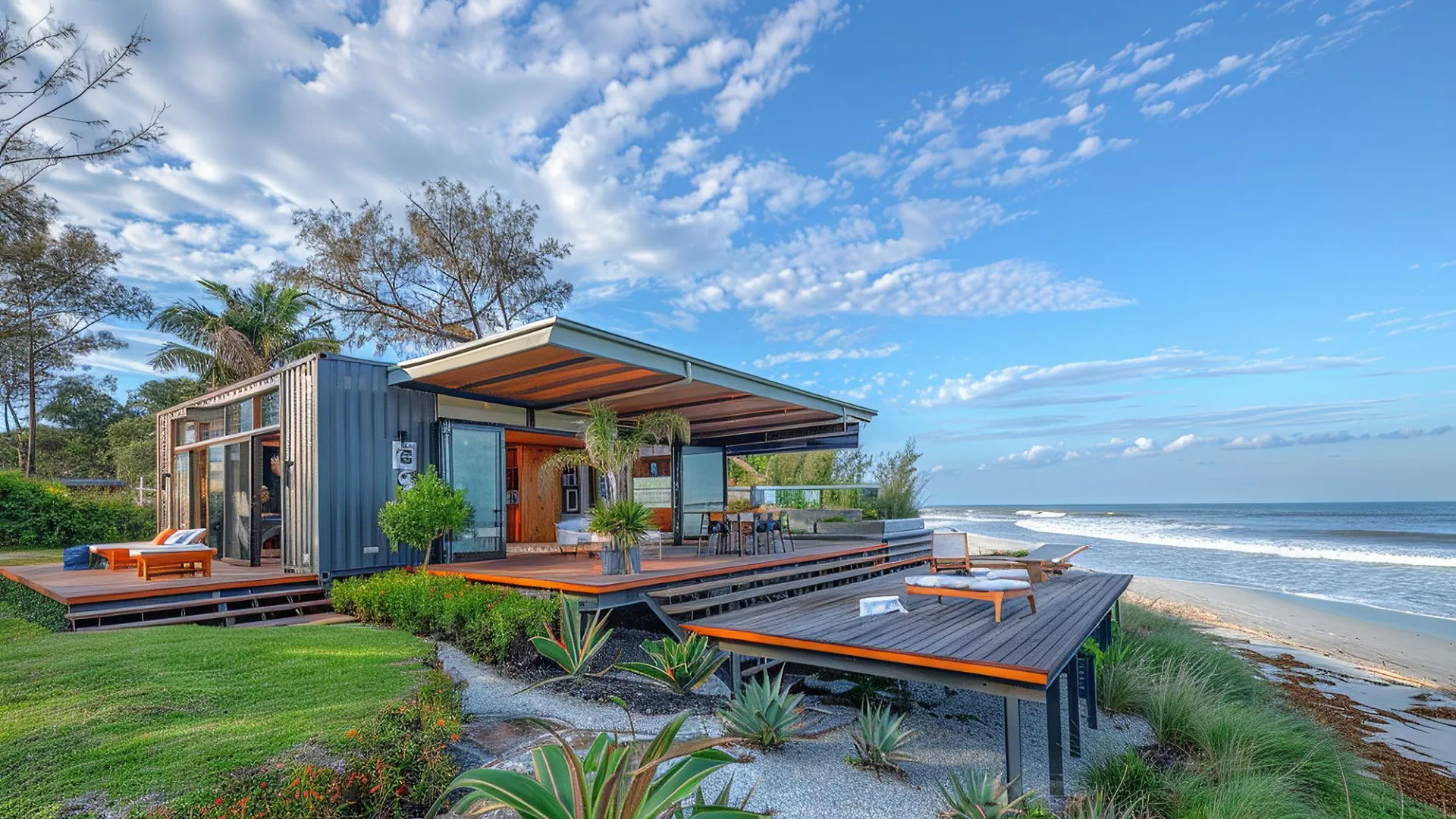When people think about real estate, they often consider location, price, and market trends as the primary factors influencing property values and investments. However, one of the most critical yet sometimes overlooked factors is the weather. Weather conditions have a profound impact on the real estate market, affecting everything from property values and buyer behavior to long-term investment strategies. This blog will explore the multifaceted relationship between weather and real estate, highlighting how climate patterns influence the industry.
The Effect of Weather on Property Values
Weather can significantly impact property values, with different climates offering distinct advantages and disadvantages to homeowners and investors. Properties in regions with mild, stable weather tend to command higher prices due to their desirability. For instance, coastal areas with temperate climates like Southern California or the Mediterranean often see higher property values because they attract buyers seeking a comfortable living environment.
Conversely, regions prone to extreme weather conditions—such as hurricanes, floods, or wildfires—may experience lower property values. Coastal properties, while attractive, are increasingly viewed as risky investments due to the potential for damage from rising sea levels and severe storms. As awareness of climate change grows, buyers and investors are factoring in these risks when making decisions, leading to shifts in demand away from high-risk areas.
In some cases, extreme weather events can lead to sudden and dramatic drops in property values. After a natural disaster, properties in affected areas may see a decrease in value due to damage, increased insurance costs, and a decline in buyer interest. For example, the aftermath of a hurricane can leave properties uninhabitable, leading to a temporary or even permanent reduction in value as the market adjusts to the new risks.
How Weather Influences Buyer Behavior
Weather also plays a significant role in shaping buyer behavior. Seasonal changes often dictate when buyers are most active in the market. In regions with harsh winters, real estate activity typically slows down during the colder months as potential buyers are less inclined to attend open houses or make purchasing decisions when the weather is unpleasant. This leads to a seasonal dip in transactions and sometimes a corresponding drop in prices during these periods.
On the other hand, spring and summer are traditionally the busiest times in the real estate market. Warmer weather encourages more activity, with buyers more willing to visit properties, attend open houses, and finalize deals. This seasonality creates predictable cycles in many real estate markets, which agents and sellers often anticipate when planning listings and marketing strategies.
Weather conditions also influence the types of properties buyers prefer. In hotter climates, homes with energy-efficient cooling systems, shaded outdoor spaces, and pools are in higher demand. Meanwhile, in colder regions, buyers may prioritize properties with good insulation, heating systems, and features like fireplaces or heated floors. As weather patterns become more unpredictable due to climate change, these preferences are likely to become even more pronounced, with buyers seeking homes that can withstand increasingly extreme conditions.
The Impact of Climate Change on Real Estate Investment
Climate change is reshaping the way investors approach real estate. With weather patterns becoming more erratic, there is growing uncertainty about the long-term viability of properties in certain regions. Investors are increasingly wary of areas that are prone to natural disasters or are likely to be affected by climate change in the future. This has led to a shift in investment strategies, with more focus on climate resilience and geographic diversification.
For instance, investors are now more cautious about investing in coastal properties or regions known for severe weather events. The increasing frequency of hurricanes, floods, and wildfires has made these areas less attractive, especially when factoring in the rising cost of insurance and the potential for significant property damage. Instead, investors may seek opportunities in regions with more stable climates, even if these areas have historically been less popular or expensive.
In addition, climate change is driving interest in sustainable and resilient real estate development. Properties that incorporate features designed to withstand extreme weather such as flood barriers, reinforced structures, and energy-efficient designs are becoming more attractive to both buyers and investors. These features not only protect against potential damage but also add value to the property by offering long-term savings and reducing environmental impact.
Adapting to Weather-Related Risks in Real Estate
The real estate industry is adapting to the challenges posed by weather and climate change in various ways. Developers are increasingly incorporating weather-resistant designs and materials into new construction projects. This includes everything from hurricane-proof windows and elevated foundations to drought-resistant landscaping and energy-efficient building materials.
Furthermore, technology is playing a crucial role in helping the industry adapt. Predictive analytics and climate modeling are being used to assess weather-related risks and guide investment decisions. Real estate platforms are beginning to incorporate climate risk data, allowing buyers and investors to make more informed choices about where to buy and how to protect their investments.
For homeowners and investors alike, understanding the weather-related risks associated with a property is becoming essential. This includes being aware of the local climate, understanding potential risks from extreme weather events, and considering the long-term impact of climate change on the property’s value.
Conclusion
Weather is a powerful force in the real estate market, influencing everything from property values and buyer behavior to long-term investment strategies. As climate change continues to alter weather patterns, its impact on real estate will only grow. For buyers, sellers, and investors, understanding the intricate relationship between weather and real estate is crucial for making informed decisions in a market that is increasingly shaped by environmental factors. By staying aware of these dynamics and adapting accordingly, stakeholders in the real estate industry can navigate the challenges posed by weather and climate change, while seizing opportunities that arise in this evolving landscape.
Should you wish to discuss this Blog feel free to reach Eran Gevantschniter a real estate lawyer in Toronto at 416.777.6788 or eran@eranlaw.com

